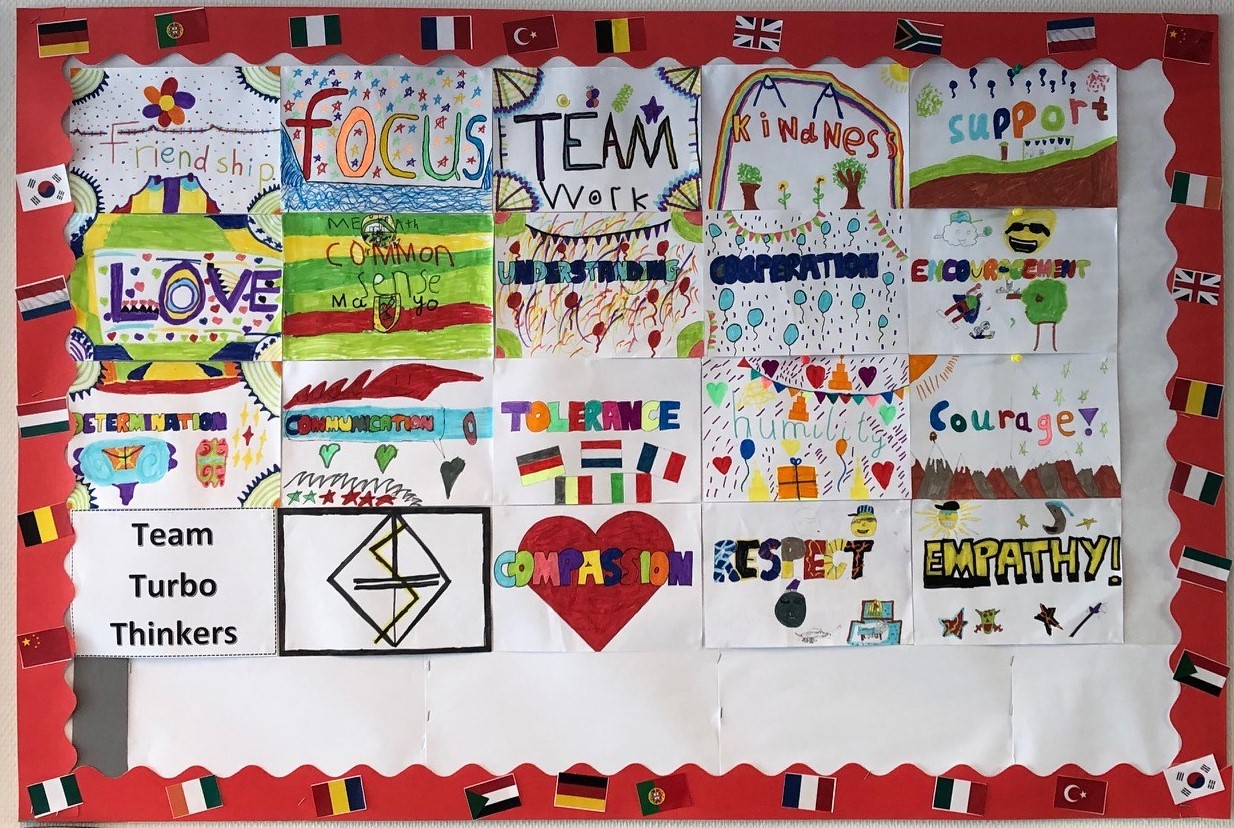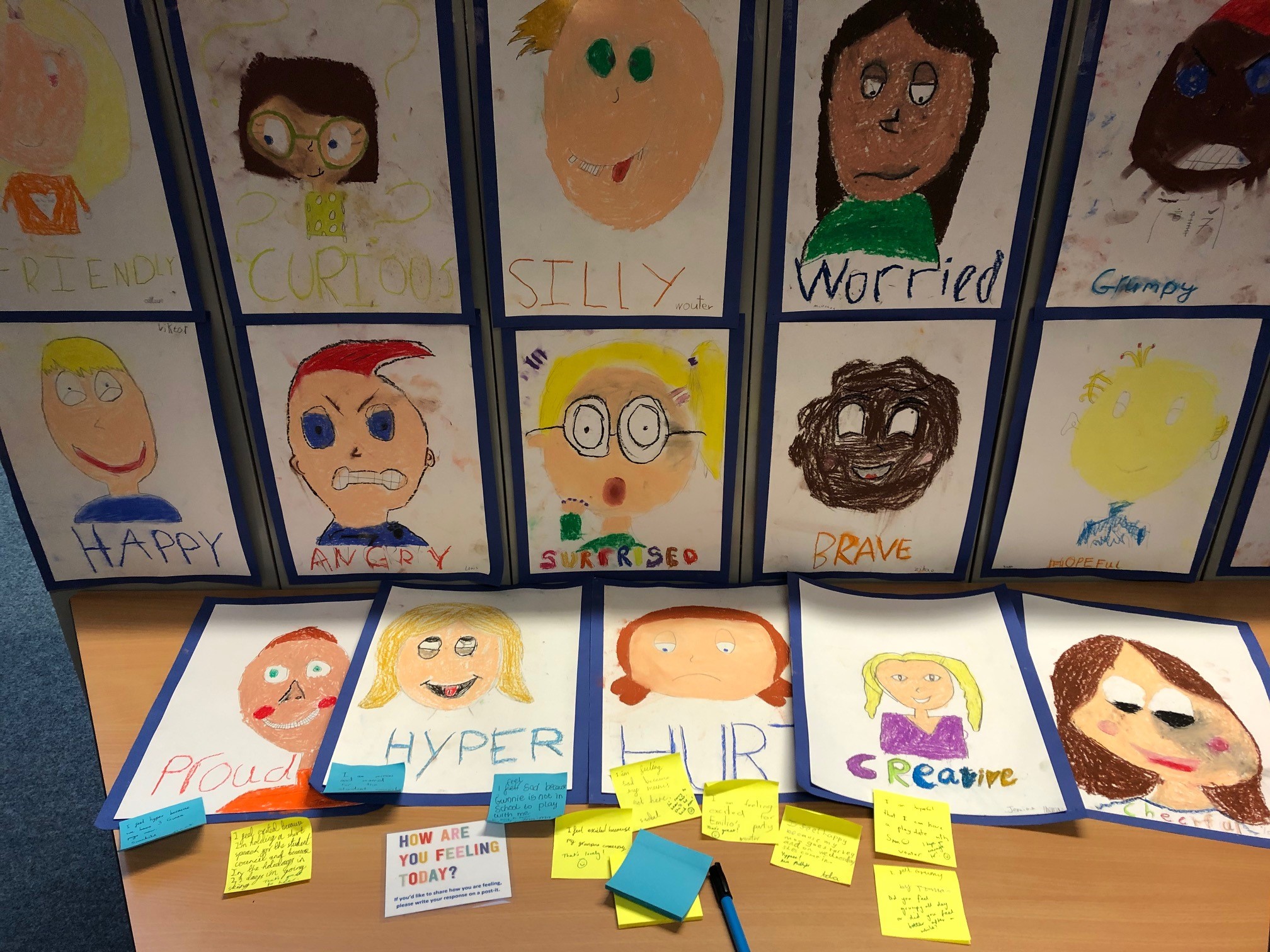
5 ways we'll focus on pupil mental health on reopening
This article was originally published by Rhiannon Phillips-Bianco on 09 May 2020 on tes.com/news.
In The Netherlands, primary schools are preparing to reopen on 11 May.
As a school, and particularly in my role as wellbeing and mental health curriculum leader, we are thinking carefully about how the time away from school may have affected pupils, not just academically but socially and emotionally, too.
We are giving a lot of thought to how we address this when we return. School life will be different, but we have to help our students adjust and process what they have been through.
Coronavirus: The impact on pupil mental health
Here’s how we’re planning to do it:
1. Take time to reconnect
Returning may feel strange for some children, especially with new social distancing rules to follow. It's important to give them time to reconnect with each other and with school.
One way we have done this before, and which we will return to, comes from a nice idea I found in Wellbeing in the Primary Classroom by Adrian Bethune.
This involves creating a team flag made up of smaller flags. Each one should share a value that pupils feel is important. Bethune states that doing this will “remind each team member that they are part of something bigger than themselves and that they belong”.
This is my class team flag from September.

Perhaps we will simply review it or perhaps they will feel that there are other values they would like to add.
The simple act of discussing it again will help pupils to reconnect to one another with something familiar to them all.
2. Make time to talk
If a pupil suddenly mentions their sick grandparent or worries about their relatives, we will make time to talk about it – some of them may not have had the opportunity to have such conversations at home.
This is particularly important in an international school setting, where pupils will have heightened awareness of what is going on in other countries.
My own children are half Italian and half English. They know that the situation here has improved enough for schools to open, but they also need to talk through their relatives’ concerns about going back to school as the situations in Italy and the UK are different.

- Allowing pupils time to choose independent Healthy Minds activities; reading, mindfulness colouring, relaxing music, drawing and so on. This can be whole-class for a short period of time and be up to individuals to identify when they need it.
4. Give time to adapt
Remembering and slotting into old routines takes time and patience even under normal circumstances; with social-distancing restrictions, it will take even longer.
This means being patient and giving children more time, understanding they may not be quite at the level they were when you last saw them. Do whatever it takes to help them process everything.
5. Find ways to laugh
Laughter is so important for releasing tension and building a sense of connection. Even if you’re not back in class yet, finding ways to help the children laugh at home is great, too. For example, my class has a laughing teddy bear that featured in a couple of my remote learning videos.
I told them in one video that I loved using it because I could imagine all of them laughing along as they listened to it in their homes all over the city. I meant it, too.
These strategies are not exhaustive, but they are a good start to helping our pupils feel safe, supported, connected and emotionally ready to learn.
If we are constantly teaching our pupils how to look after their wellbeing, we become better at looking after our own as teachers and as parents, too.
Rhiannon Phillips-Bianco is a primary teacher in The Netherlands
All children will have different family circumstances so space and time to talk could be vital.
3. Embed wellbeing
If you don’t do this already, then perhaps this is the time to ensure that wellbeing activities get the focus they deserve. In a busy timetable, that means clearly stating when they will take place.
Here are a few of the activities we regularly use as part of our Healthy Minds programme:
- Breathing exercises to relax students. It’s important to do these regularly so children are familiar with them in times of need.
- Regular brain breaks in between lessons, or during them, as needed. These could be simple yoga stretches or a burst of star jumps; and we also regularly use the guided dances and relaxation activities on www.GoNoodle.com.
- Gratitude journals and shared “what went well” moments. Fostering positive emotion helps to rewire our brains away from negative thoughts. This is particularly important at a time when pupils could have been overexposed to the news or dealing with difficult family situations such as bereavement or job losses.
- Teach students to name and label their feelings. As psychologist Suzy Reading states: “People who could label their feelings using rich vocabulary were found to be 40 per cent less verbally and physically aggressive than those who had a tough time working out how they felt.”
This chart is used in a variety of ways by our teachers to help pupils name their feelings and try to explain, if they feel able, why they think they feel that way.
This article was originally published by Rhiannon Phillips-Bianco on 09 May 2020 on tes.com/news.